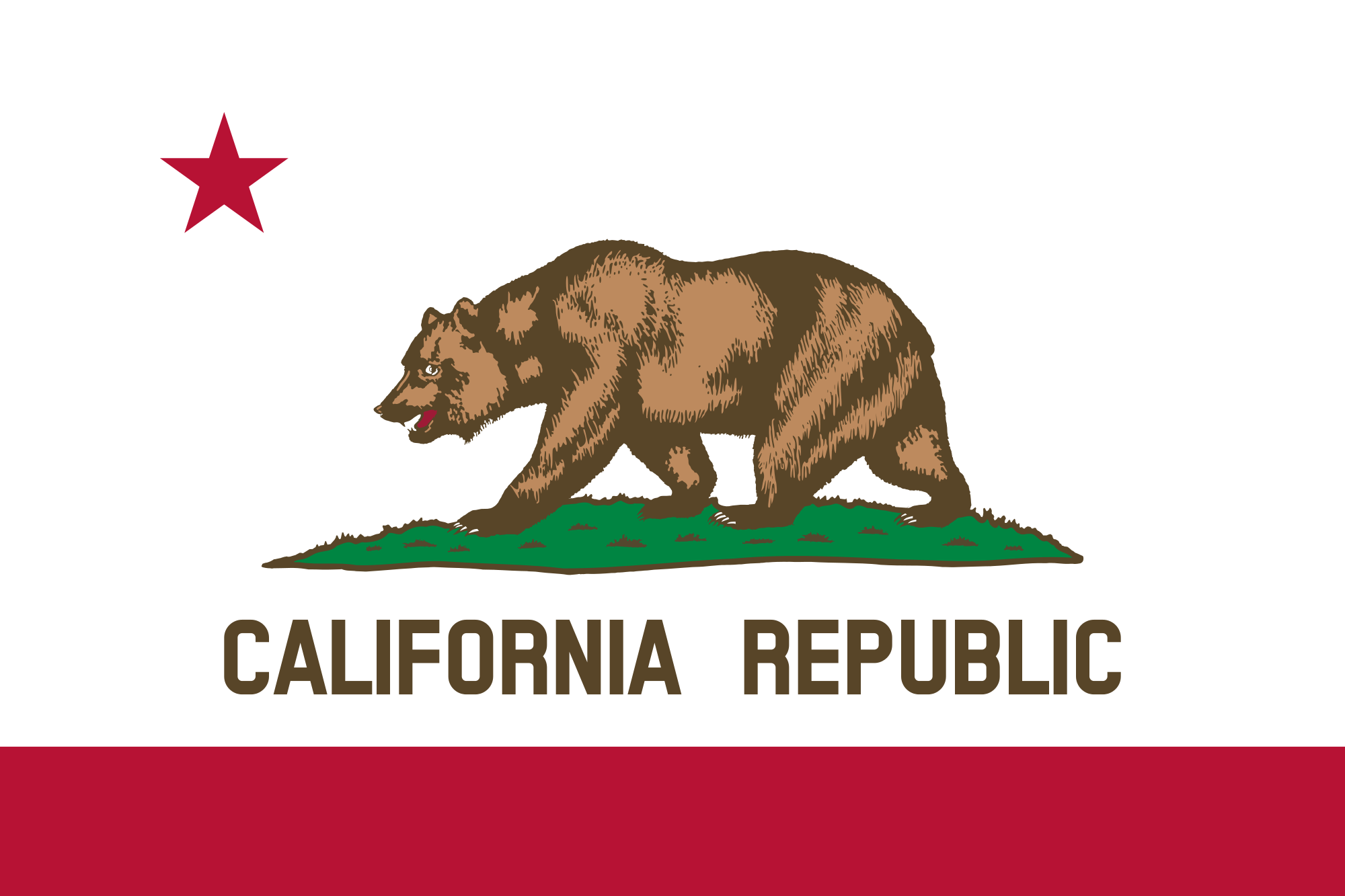The last several years have been heady ones for the California almond. Bolstered by increased domestic and international demand, as well as positive marketing about the nut’s nutritional benefits, almonds have become California’s largest cash crop.
Almonds are now California’s largest food export, the sixth largest U.S. food export and the top specialty crop in America. The California crop is currently valued at over $6 billion dollars, according to the web site for Blue Diamond, the Sacramento based almond-processing collective that is the largest producer of almonds in the world.
But the drought is quickly changing the narrative on the nuts.
Now they’re being blamed by the BBC for “sucking California dry.” Similar claims have been made by liberal magazine Mother Jones, where a chart circulated widely on social media showed the total annual water use from the state’s almond crop – about 3.5 billion cubic meters – to be about five times the water used by every resident and business in Los Angeles.
Surely nuts are not all to blame for the entirely of the state’s water woes. But as Gov. Jerry Brown – himself a known almond aficionado – mandates the state’s urban water users to cut their consumption by 25%, the almond is becoming a sort of short hand in the debate over how California should cope with historic water shortages.
The Great Almond Debate is a microcosm for bigger problems facing the state, raising questions about everything from how and how much California should grow, and illustrating how some of the state’s most knotty problems are tangled further by an increasingly global economy.
The current Almond Debate also highlights the difficultly of long-term planning when it comes to resource management. Few were talking about record-breaking drought as all those almond orchards (and grape vines) were being planted across California over the last two decades.
Whose responsibility is it to try to anticipate these changes, and what power should they have to make rules to guide our growth?
Today, California produces more than 80 percent of the world’s almonds. Increased domestic and global demand, particularly in emerging markets like India and China, have taken almond prices and demand to record levels.
In 2002, almonds were a $1.2 billion business in California. Today, it is five times that. California farmers have enjoyed the benefits of increased production and higher prices, and presumably the state as a whole has also benefitted from this almond boom. In 2013, there were 940,000 acres of almonds in California, according to the USDA.
Evolving dietary trends have increased momentum for the almond juggernaut. The average American now eats two pounds of almonds per year—more than twice as much as a decade ago.
It’s not just us. The vast majority of California almonds – about 70 percent – are sold overseas. Almonds are the state’s top agricultural export, with about $2.5 billion worth of nuts sold to other countries in 2012. To get a sense of the scale and value, that’s about 2.5 times more than wine, the second-most-valuable California agricultural export, according to the U.S. Census Bureau.
Today’s almond yields are more than three times what the state was producing in the late 1990s. A trip down Highway 99 provides the evidence of the almond boom in the Valley over the last two decades. Fields of seasonal crops like tomatoes and cotton have given way to permanent orchards from Tehama County to Kern.
As the LA Times’ David Pierson reported last year, “There’s twice as much almond acreage in California as there was two decades ago. Meanwhile, cotton acreage has dwindled to about 400,000 acres from 1.3 million acres over the same period.”
It’s easy to see why. Wholesale almond prices are about $3.50 per pound, an increase of about 250% from what they were in 2009.
Almonds are good business. But are they bad for California?
More almonds means more water. Unlike seasonal crops, almond orchards require water year round. Almonds now take up about 10 percent of the state’s total water use.
The almond industry says their farmers are learning to be more efficient with water, and that the increase in orchards has not lead to an increase in the amount of water allocated to valley farms. But that hasn’t stopped Los Angeles Times columnist George Skelton from suggesting that the state should be more aggressive in regulating almonds and other thirsty crops.
Whether or not you believe that such a radical step is the answer, the new politics of the almond are undeniable. In drought-ravaged California, the nut is fast becoming a fissure in the debate over the allocation of diminishing, or at least uneven, natural resources.
The almond is the new shorthand in a long-running debate between rural and urban California, raising questions about the role of state regulation in shaping the future of the state, a high-protein touchstone highlighting a fundamental rift in the fight for California’s future.







